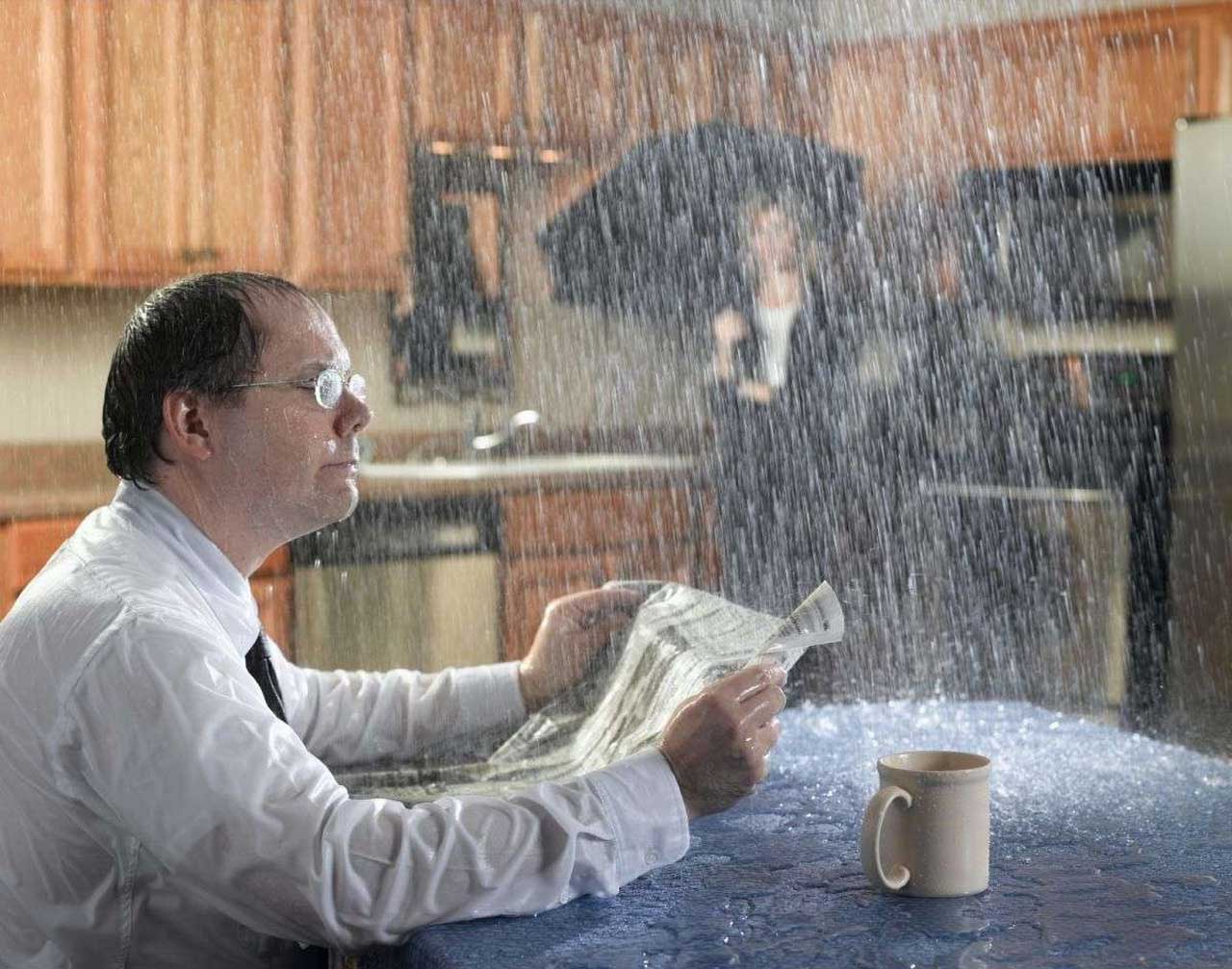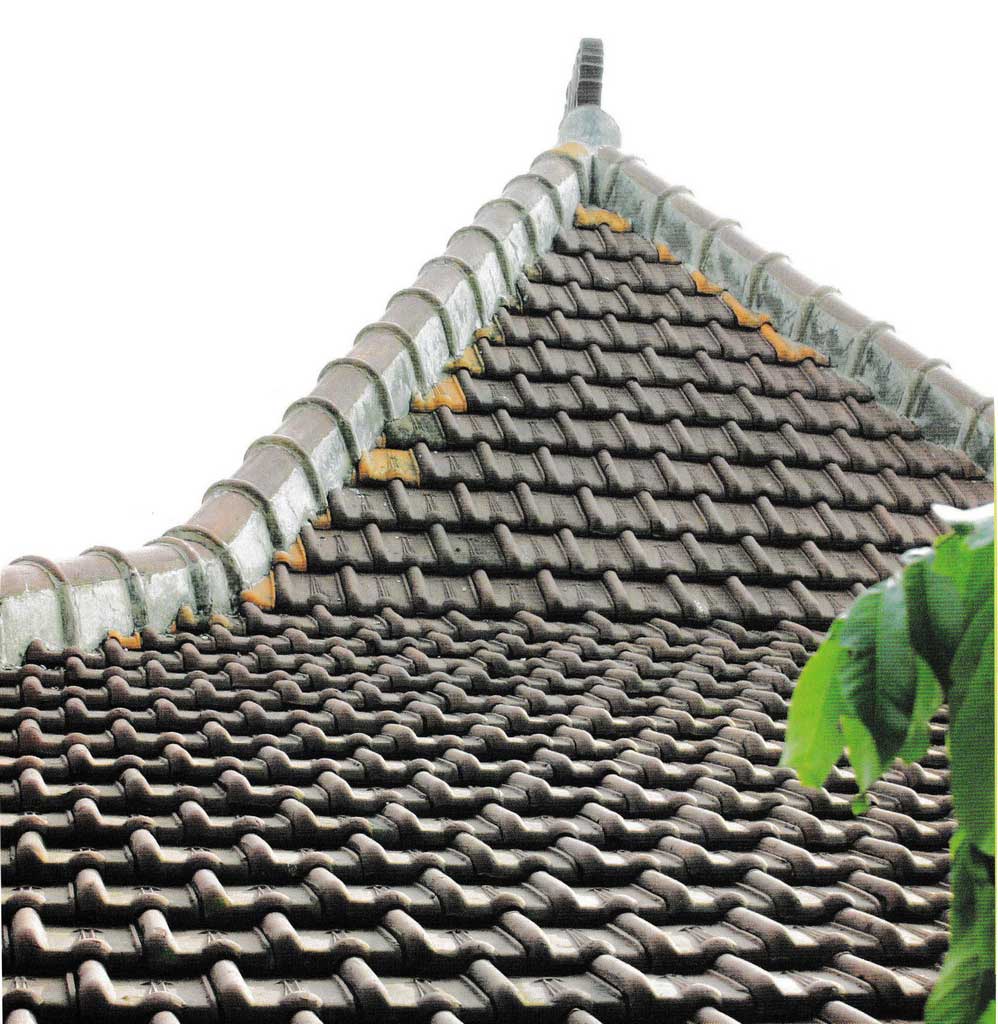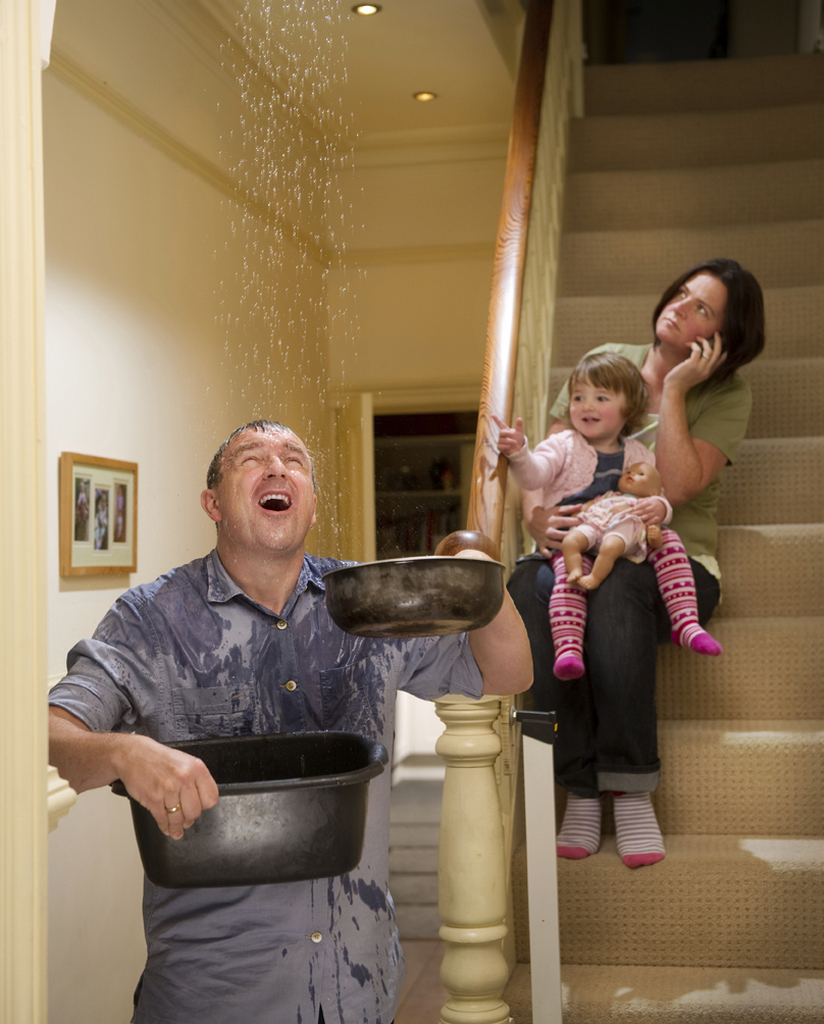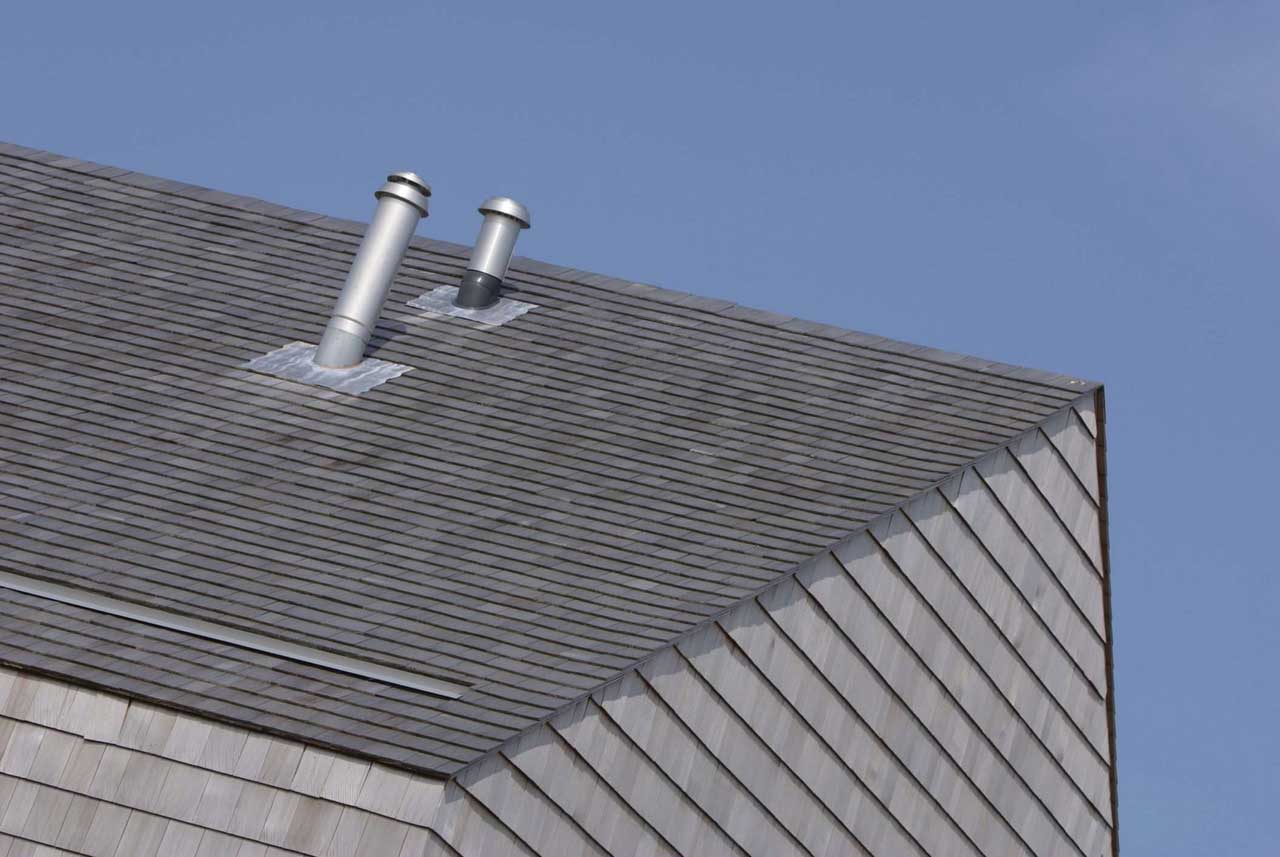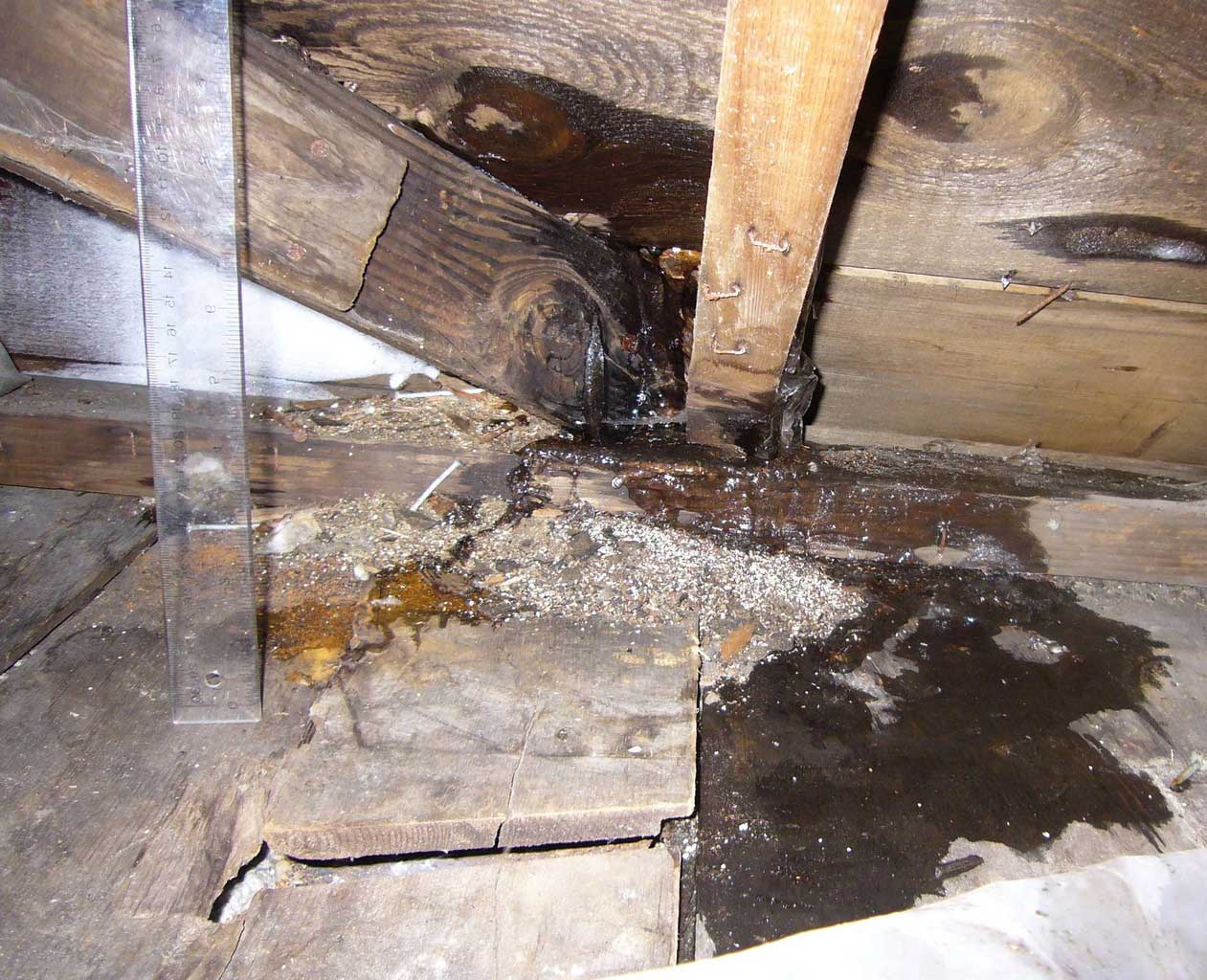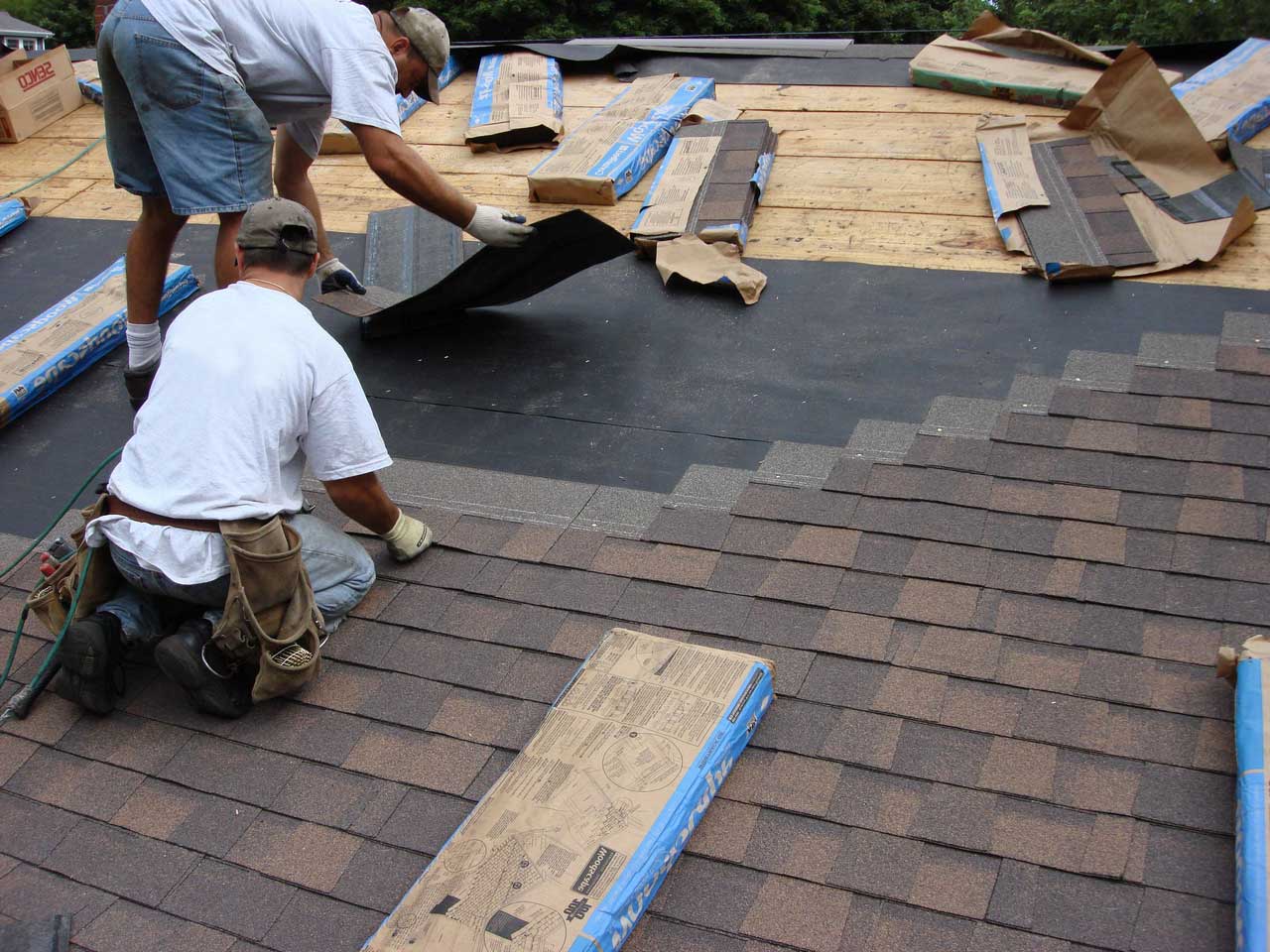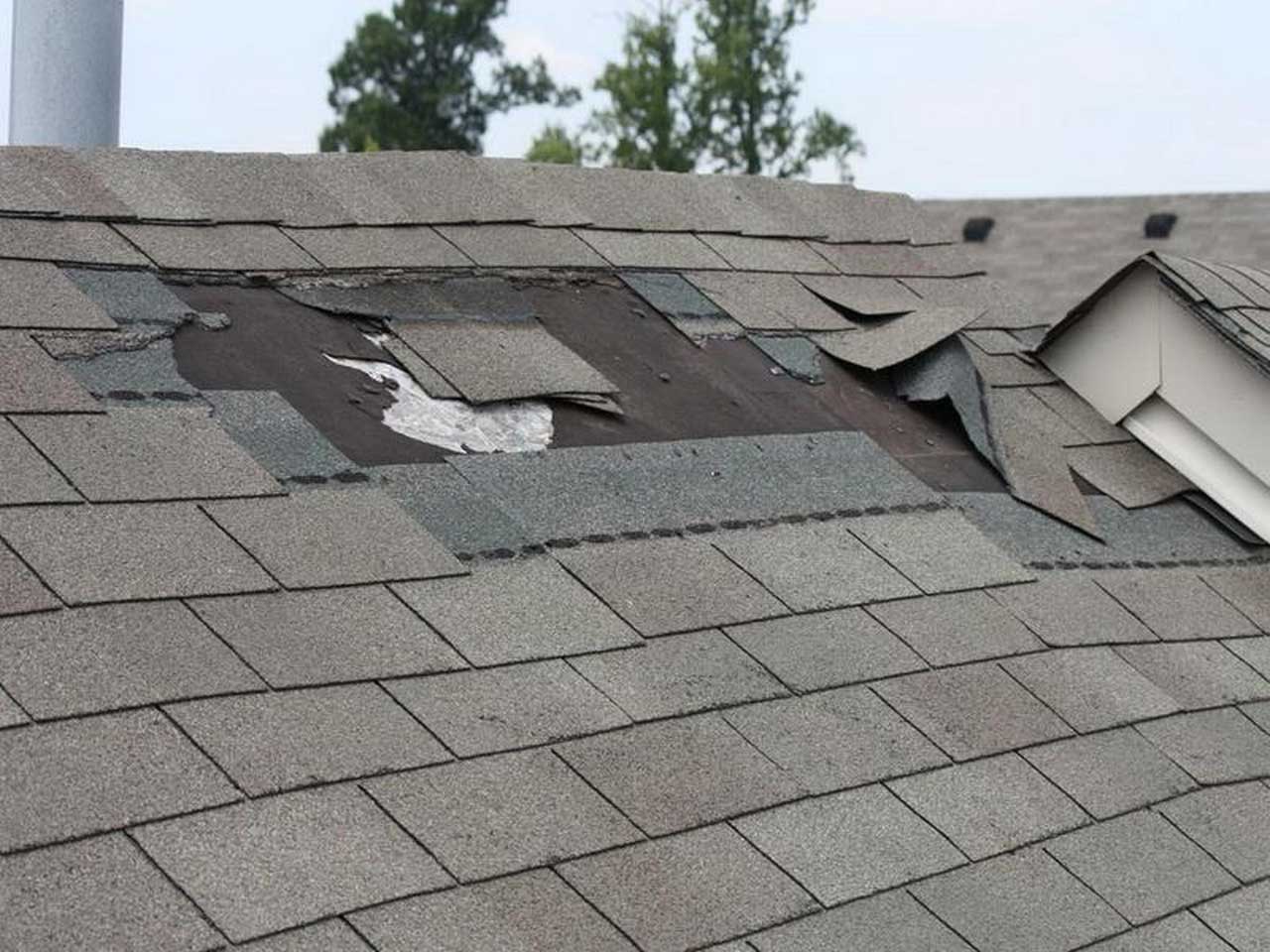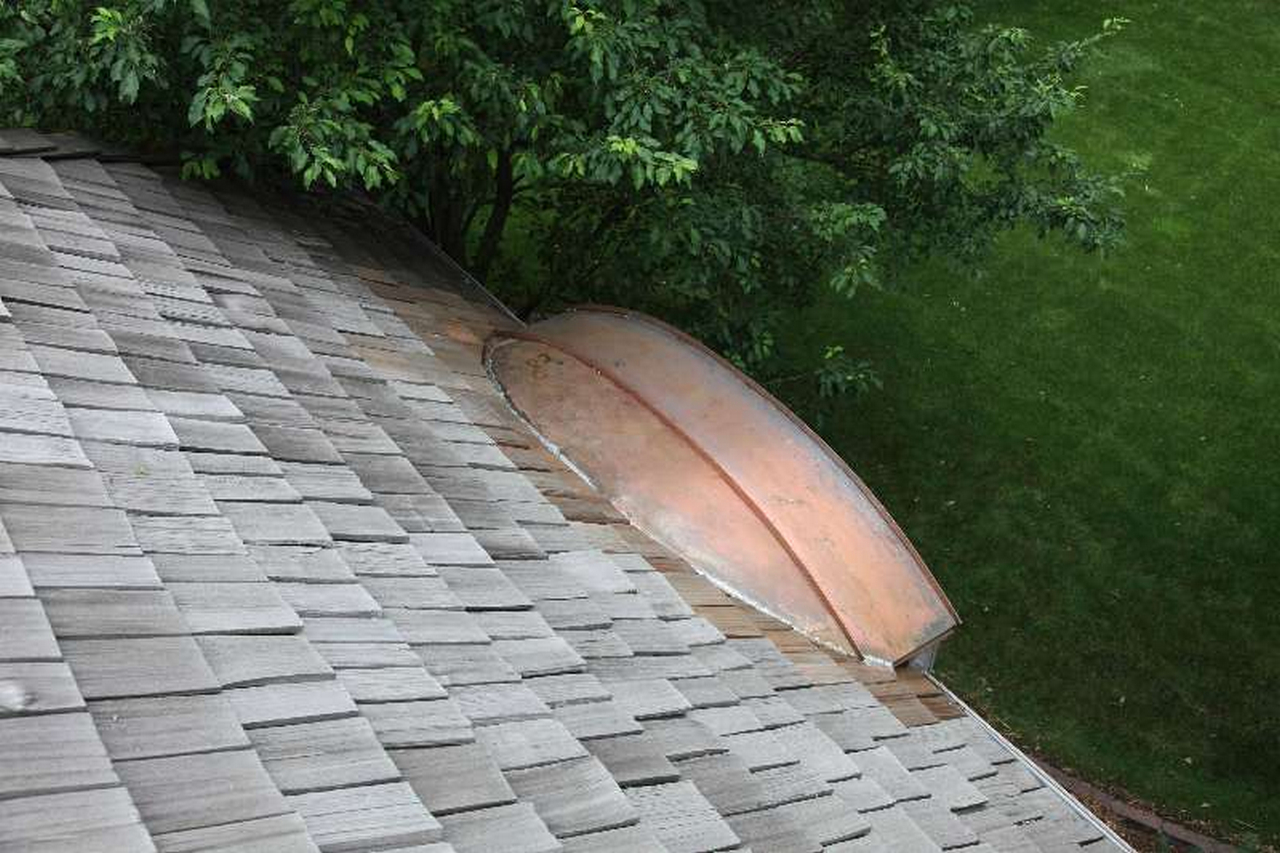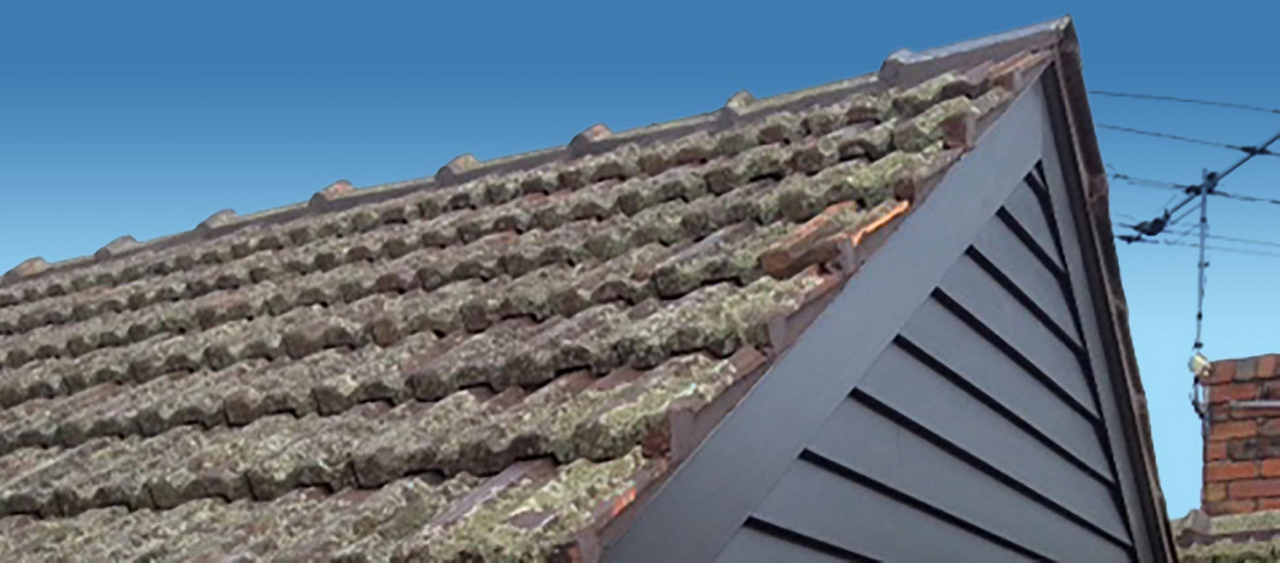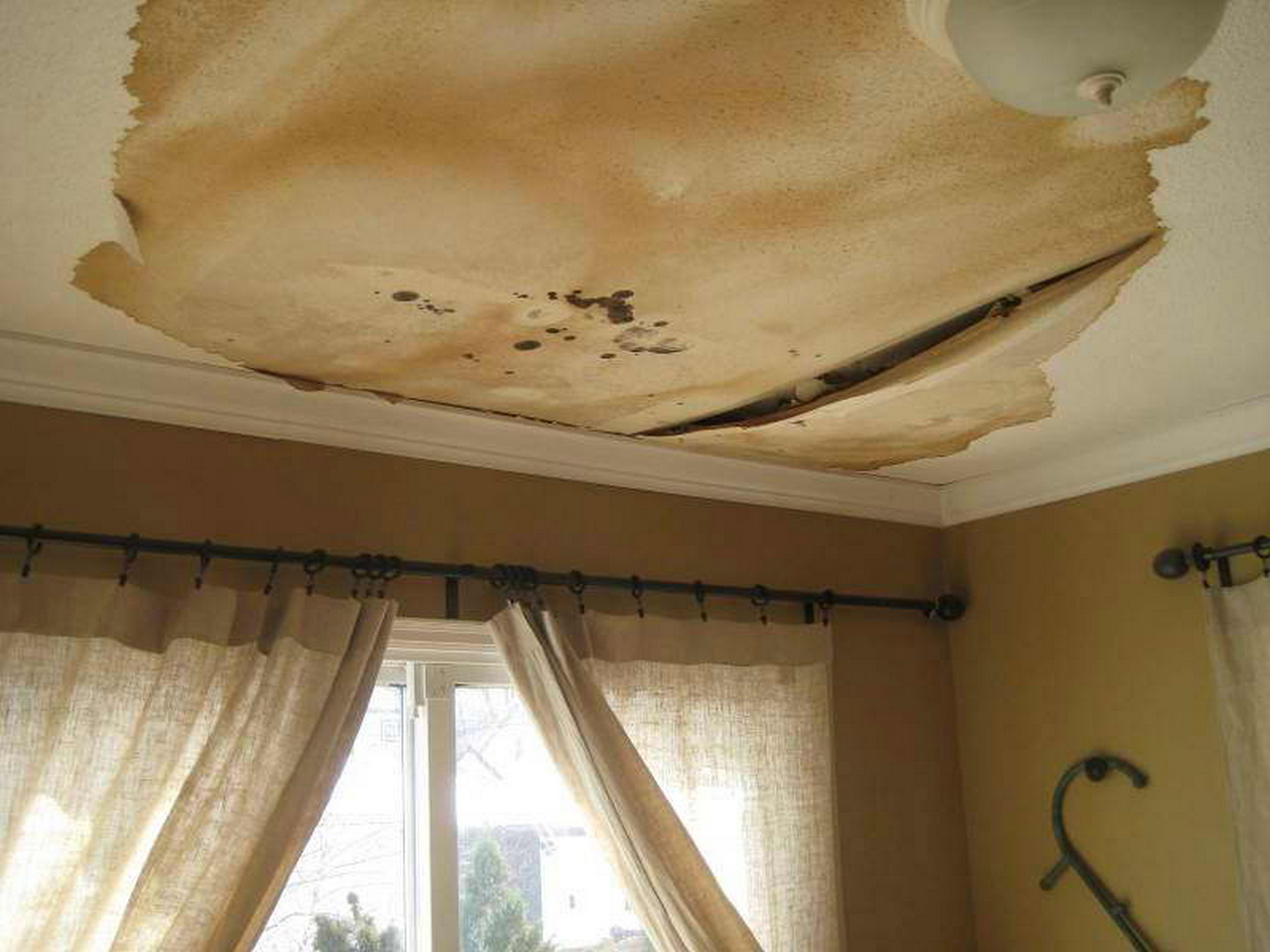Prevent a Leaky Roof from Water Damage and How to Stop it | Roy Home Design
A leaky roof is something really annoying and the main factor is caused by water damage. The high rainfall such as during the rainy season affects the design of the house roof along with its details. If it is not careful, it must cause problems such as the entry of water into the house through roof gaps or leak.
Leaks on the roof can be seen from the water dripping/seeping from the ceiling or ceiling connection to the wall. Although the form is always the same, but the source of the leaky roof causes can be different. How to fix a leaky roof should be started from the source and finished thoroughly at once (no part/step should be delayed). Half-work and not as soon as possible will only make things worse. Rainwater can damage the roof frame components and cause fragility or decrease the roof structure strength.
The leaky roof problems is generally related to initial planning when planning a roof design. Some important factors related to the planning and method of installing roofs are often not carried out in accordance with the provisions. As a result, the roof can be damaged because the roof condition wasn’t ready when receiving weather disturbances from outside. The following are the causes of leaks on the roof and how to prevent them.
-
The Roof too Ramps
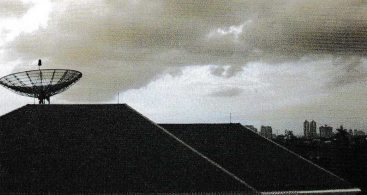 The roof slope factor must be considered so that the water can be immediately flowed down. A flat/ramps roof will cause water to slowly drop down.
The roof slope factor must be considered so that the water can be immediately flowed down. A flat/ramps roof will cause water to slowly drop down.
Prevention:
The roof design must follow the ideal slope requirements, which are 30° -40°. This is the ideal limit for the roof frame so that it can hold the roof cover (e.g. roof tiles) properly so that water can be poured out immediately on the ground.
-
The Roof Cover Less Tidy
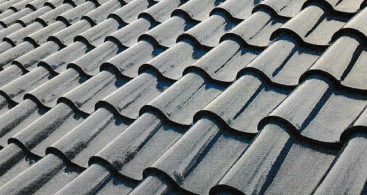 Installation of roof tile or other roof covers that is less correct will create a gap that can be entered by water. In addition, less quality roof cover material can also be a cause of leakage.
Installation of roof tile or other roof covers that is less correct will create a gap that can be entered by water. In addition, less quality roof cover material can also be a cause of leakage.
Prevention:
Choose a quality roof cover material that can be installed perfectly without any gaps. The correct installation also affects, therefore use workers who can install the roof cover properly and neatly.
Finding a leak in a roof: Track the source of leaky roof
The character of flowing water makes leaks often located far from the source so that the source of the leak is difficult to know. The most common is water getting into the area between the roof and the ceiling. From here the direction of the oncoming water can be traced. If leaking occurs at the ridge, it is better to do repairs along the ridge because usually cracks in one part will be followed by the other part.
-
There are a Ridge, Rafter, and Roof Connections
 The meeting point of the connection on the roof such as a ridge, rafter, and other connections – generally has the potential for leakage. Ridge/rooftop/nok is usually made of concrete (mortar and sand). Mixing between these two different compounds often cannot blend well and is not elastic enough to deal with continuous weather changes. Likewise, the rafter and other connections, a bad meeting point detail can create a gap that water can pass.
The meeting point of the connection on the roof such as a ridge, rafter, and other connections – generally has the potential for leakage. Ridge/rooftop/nok is usually made of concrete (mortar and sand). Mixing between these two different compounds often cannot blend well and is not elastic enough to deal with continuous weather changes. Likewise, the rafter and other connections, a bad meeting point detail can create a gap that water can pass.
Prevention:
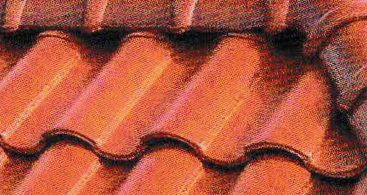 Minimize roof connections such as the use of roof ridge, rafter, stacked roof models, and connections. Do not install the ridge/nok because it will cause a gap that invites water. The process must be neat and use materials that are not easily cracked. If there is still a connection, do not forget to also provide coating material (flashing) on the connection.
Minimize roof connections such as the use of roof ridge, rafter, stacked roof models, and connections. Do not install the ridge/nok because it will cause a gap that invites water. The process must be neat and use materials that are not easily cracked. If there is still a connection, do not forget to also provide coating material (flashing) on the connection.
Other methods can also be applied, such as adding special sheets that are waterproof, soft, and flexible so they will not be brittle and then crack due to the weather. This method also makes the roof cleaner and tidy because there is no more melt mixture that often pollutes the roof.
-
Micro Damage on Flat Concrete Roofs
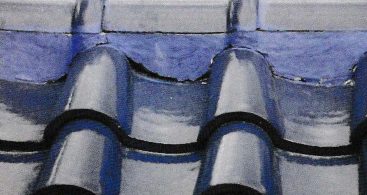 Very small cracks in concrete occur because the quality of the mixture (cement, sand, and gravel) is not good so it is brittle easily in case of temperature and weather changing. The presence of crack/gap if exposed to rainwater continuously, can make water gather in the concrete and seep.
Very small cracks in concrete occur because the quality of the mixture (cement, sand, and gravel) is not good so it is brittle easily in case of temperature and weather changing. The presence of crack/gap if exposed to rainwater continuously, can make water gather in the concrete and seep.
Prevention:
Look carefully at the composition of the concrete mixture and the roofing process, because these 2 things really determine the quality of the concrete. Also apply a waterproofing layer on the entire surface of the concrete roof, so that any gaps can be covered.
Best Roof Coating to Stop Leaks: Coating Material Requirements
Coating material (flashing) needs to be installed on leak-prone parts such as the rafter and the connection between roof tile and walls. The ideal conditions for this coating material are:
- not degraded by water,
- does not expand at high temperatures,
- does not absorb water,
- the color can be adjusted with a roof tile so that it is suitable to be combined with other materials,
- can be colored/painted, and
- can be applied directly to the part you want to protect.
-
Imperfect Gutters
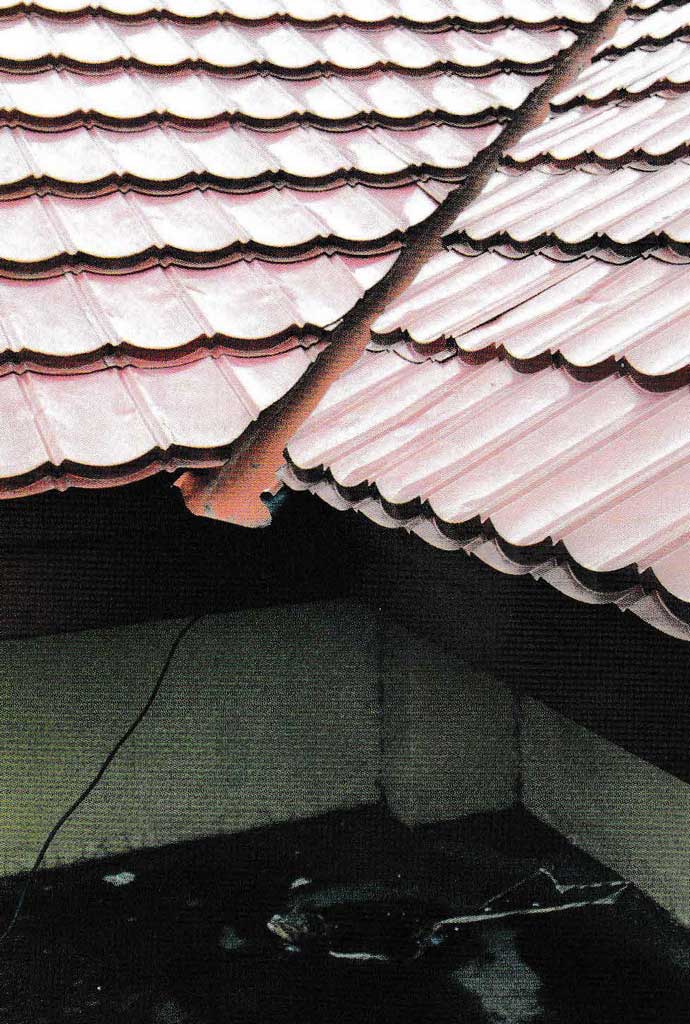 If the slope of horizontal gutters meets the requirements, it means that water will not be stagnant and can be directly distributed to vertical holes. But, the problem will arise if the gutter is unable to hold water. This happens because the size of the gutter does not match the cross section of the roof so that the water will pool for too long. This makes the water look for a way out that could potentially make the seepage/leaked.
If the slope of horizontal gutters meets the requirements, it means that water will not be stagnant and can be directly distributed to vertical holes. But, the problem will arise if the gutter is unable to hold water. This happens because the size of the gutter does not match the cross section of the roof so that the water will pool for too long. This makes the water look for a way out that could potentially make the seepage/leaked.
How to install:
Install gutters to drain rainwater from the roof. Choose gutters with the right size and strength. Then the gutter construction must be made correctly, in accordance to the roof design. Avoid connection. Even if forced to, then use quite safe folds rather than using a connection.
How to Stop a Leaking Roof: About Roof Waterproofing
Waterproofing is a waterproof coating material that can prevent leakage. Waterproofing applications can be done with a brush, roller, or spray. The application is layered. The first layer, waterproofing that is diluted with water (10%) to better blend with the coated surface. Second, a layer of waterproofing without mixture. This is done repeatedly (at least 1 x). At each layer, the direction of the layer must be the opposite so that both layers are mutual “weaving “.
To install nok or ridge, Aceng Muhaemin (PT. Propan Raya) suggests waterproofing mixed with cement and sand with a ratio of 1: 1: 3, then mixed with a little water. This solution then applied to the outside of the ridge. Waterproofing is available in various colors so that it can be adjusted to the color of the roof cover.
A leaky roof can be prevented by installing the roof properly, so water damage in rainy season can be avoided as well.
What about picture over? Is which wonderful??? If you feel therefore, I’l l demonstrate many image again under:
The roof fields are reunited with a kind of frame, then coated with special sheets. After that, this frame is covered with ordinary ridge cover roof tiles.
Example of cracks in a mixture of cement and sand.
So, if you wish to acquire the wonderful images regarding prevent a leaky roof from water damage and how to stop it, just click save link to download these shots in your personal pc. These are ready for down load, if you’d prefer and wish to own it, simply click save symbol in the post, and it’ll be immediately down loaded to your computer.
Thanks for visiting our site, content above prevent a leaky roof from water damage and how to stop it published. Many individuals attempting to find information about prevent a leaky roof water damage and of course one of these is you, is not it?

